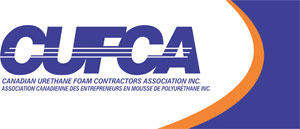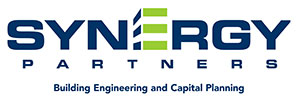10:40 am - 12:00 pm | Room: Owens Corning Room | Session Chair: Aaron Grin
Uncontrolled airflow across building exterior enclosures and interior partitions can have major implications for indoor air quality, building energy demand, and occupant comfort. This airflow is driven by differential air pressures across these partitions. Conventionally, these air pressures are measured with differential air pressure sensors, which can be used to identify opportunities for operational improvements and retrofit needs. These differential sensors can be invasive as they require the installation of uninterrupted tubing between the monitored locations, and penetrations that permit the easy installation of this tubing do not typically exist. To resolve this issue, recent literature suggests pairing absolute pressure sensors which do not require connective tubing. However, these sensors are typically less accurate than conventional differential pressure sensors, and there is little data on the effectiveness of these sensors in an operational building context. As such, this study presents a field-based feasibility assessment of using absolute air pressure sensor pairs to quantify differential air pressures for airflow monitoring purposes. Data collection took place at multi-unit residential buildings with corridor pressurization ventilation systems, where maintaining corridor-suite pressure differences is essential to ventilation air delivery and limiting pollutant transfer between suites. Absolute sensor results are compared to simultaneous measurements obtained from differential pressure sensors to determine if they are a viable replacement option that can simplify long-term monitoring of air pressure differentials between interior zones or between an interior zone and the exterior. The results suggest that while averaging filters were effective in bulk noise removal, estimate errors do not appear to be a function of sampling period or measured pressure differential. Overall, the use of absolute pressure sensors with a relative accuracy of ±12 Pa is insufficient for measuring building operational differential pressures and should be limited to applications where measurement accuracy no better than ±4 Pa is required.
.jpg)
Samantha recently completed her MASc in Civil Engineering at the University of Toronto, after receiving her Bachelor's degree from the University of Waterloo. Her thesis research focused on alternative methods to measuring inter-zonal airflow in multi-unit residential buildings, including feasibility studies on the use of absolute pressure sensors in long-term monitoring applications, and an acoustic approach to estimating airtightness of interior partition walls.
She is currently an engineer-in-training with RDH Building Science based in Vancouver, BC.
Diamond Sponsor

Emerald Sponsor

Emerald Sponsor

Emerald Sponsor

Emerald Sponsor

Emerald Sponsor

Gold Sponsor

Associate Sponsor

Silver Sponsor

Silver Sponsor

Silver Sponsor

Silver Sponsor

Bronze Sponsor

Bronze Sponsor

Bronze Sponsor

Bronze Sponsor

Bronze Sponsor

Bronze Sponsor

Bronze Sponsor

Bronze Sponsor

Bronze Sponsor

Bronze Sponsor

Bronze Sponsor

Bronze Sponsor

Bronze Sponsor
